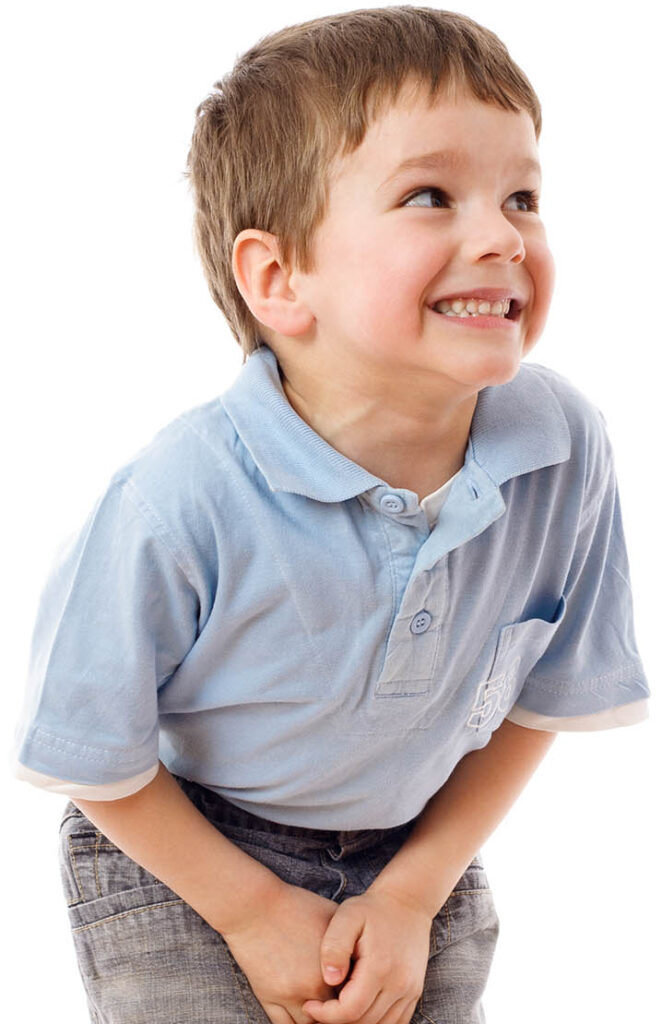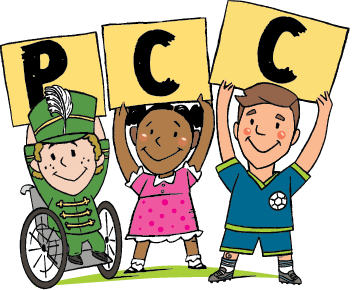Home » Common Childhood Illness FAQs » Urinary Tract Infection
What You Should Know
Urinary Tract Infections (UTIs)

Urinary tract infections, also called bladder infections or UTIs, are pretty common in kids, babies, and teens. The bacteria build up in the urinary tract. This can happen for several reasons including if they don’t go to the bathroom often enough or even if they don’t get enough fluids. Symptoms can include needing to go to the bathroom often, pain or burning when urinating.
If your child suddenly starts wetting the bed, a urinary tract infection could be the culprit. Urinary tract infections in infants, toddlers, and children do not get better on their own but are easy to treat. Treatment for a UTI in children requires a course of antibiotics. The sooner you can see your pediatrician and begin treatment for the UTI, the better for your child.
UTIs in children are typically caused by bacteria that enter the urinary tract and travel up the urethra and into the body. UTIs are often more common in girls because girls’ urethras are shorter and closer to the anus, making it easier for bacteria to enter the urethra. UTIs in children can also be more common during potty training. Uncircumcised boys and boys younger than 1 years old also have a higher risk of contracting a urinary tract infection.
Other Risk Factors for UTIs in Children Include:
- Deformity or blockage in one of the organs in the urinary tract
- Abnormal function of the urinary tract
- Bubble baths for girls
- Tight-fitting clothes for girls
- Wiping back to front about after a bowel movement
- Poor hygiene habits
- Poor toilet habits
- Infrequent or delaying urination (children should not be taught to hold their bladders)
- Vesicoureteral reflux – birth defect that results in backward flow of urine
- Family history of UTIs
UTIs in children sometimes go untreated as quickly as they should be because symptoms are not obvious to parents and children. It’s important to know the symptoms of a urinary tract infection in kids in order to recognize the UTI and seek treatment.
Symptoms can include needing to go to the bathroom often, pain or burning when urinating. If your child suddenly starts wetting the bed, a urinary tract infection could be the culprit.
The doctor can run a urine sample to test and can treat with antibiotics if the infection is bacterial.
Most commonly, UTIs in children happen in the lower part of the urinary tract in the urethra and bladder. This type of urinary tract infection in children is called cystitis.
An infection that travels up the ureters to the kidneys is called pyelonephritis and is usually more severe. Pyelonephritis type of UTI causes the same types of symptoms as per below but usually the child with the this type of UTI appears to be sicker and is more likely to have a fever (which can be accompanied by shaking or chills), vomiting, side or back pain, and severe fatigue.
Common symptoms of a urinary tract infect (UTI) in children include:
- Your child complains of a burning sensation, stinging or pain when peeing
- Increased feeling of needing to pee (often only a small amount of urine will come out)
- Fever
- Waking up to use the bathroom
- Belly pain near the bladder (below belly button)
- Foul-smelling urine that is cloudy or contains blood
- Wetting issues even though your child is potty trained
If your infant, toddler or child is experiencing symptoms of a UTI, you need to seek medical attention. To diagnose a urinary tract infection in children, the pediatrician will do a physical exam and if the child is older, a urine sample in a sterile cup may be collected. For infants or younger children in diapers, a collection bag is first tried but a catheter may be required preferred.
The sample will be analyzed via urinalysis or by a urine culture to determine the type of bacteria causing the UTI. Typically the urinary tract infection will be treated with UTI antibiotics for children if the infection is bacterial. Your child should feel better after 2 to 3 days after antibiotics to treat the UTI are started. It’s imperative to finish the entire course of antibiotics prescribed though, even if the child states that they feel better. If the UTI antibiotics are not finished, the bacteria could come back or spread. Your pediatrician may want to see your child again to repeat the urine test to confirm the UTI is gone after several days of antibiotics.
If your child is complaining of severe pain while peeing, your pediatrician may also prescribe a medicine to numb the lining of the urinary tract. If so, this medicine temporarily will turn your child’s urine an orange color. For kids who have a more serious urinary tract infection, treatment may need to be seeked in a hospitalization may be needed so that antibiotics can be injected or given intravenously in order to reach the bloodstream quicker immediately.
If your child is presenting with symptoms of a UTI, seek medical treatment immediately so the urinary tract infection can get cured as soon as possible.





